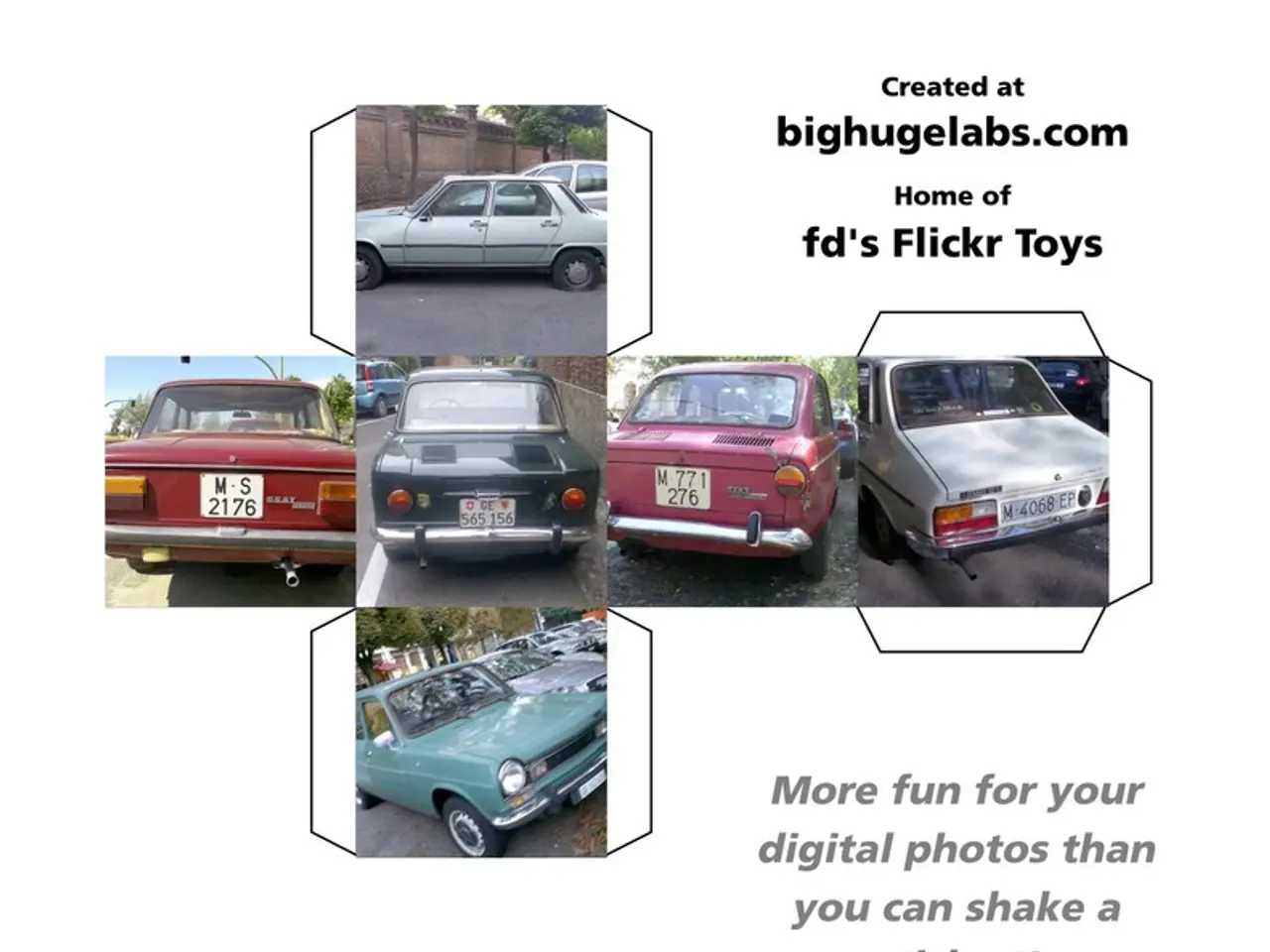U.S. Autonomous Robotaxi Competition: Zoox Outperforms Tesla
First City to Welcome Zoox Robotaxis: Las Vegas by End of 2025
Las Vegas may soon become the first city in the United States to see autonomous robotaxis roaming its streets, as Zoox, now owned by Amazon, aims to launch its custom-designed vehicles before the end of 2025.
The design of these autonomous vehicles is meticulously crafted to ensure safety, reliability, and passenger comfort. Key considerations include high levels of autonomous driving (SAE Level 4 or 5), reliable detection, decision-making, and fail-safe mechanisms. The interior and ride experience are designed for diverse users, featuring spacious seating, easy ingress/egress, and user-friendly interfaces.
Operational efficiency is another crucial factor, with optimal routing, energy efficiency (electric powertrains preferred), and low maintenance being essential for profitable fleet operations. Regulatory compliance is also paramount, as the vehicles must meet local and national safety standards, data privacy laws, and gain regulatory approvals for full autonomy.
Scalability and software integration are important elements as well, with platforms supporting fleet management, continuous AI improvement through deep learning, and real-time updates.
Companies like Zoox and Uber are addressing these factors in distinct ways. Zoox builds custom-designed robotaxis from the ground up, featuring symmetrical, bi-directional driving capability, and a focus on passenger-centric design without a traditional front or rear. This design allows for optimized urban mobility and maneuvering in tight city environments, improving passenger comfort and vehicle efficiency.
Uber, before divesting its self-driving unit, focused on integrating autonomous tech into existing fleet vehicles, prioritizing software development to enhance safety and autonomous operation layered over conventional ride-hailing models. Their approach involved partnerships and gradual scaling, leveraging Uber’s app ecosystem for a smooth customer experience and operational rollout.
Other industry leaders like Tesla, Waymo, and Baidu Apollo are also making significant strides in the development of autonomous robotaxis. Technological design priorities revolve around sensor fusion (Lidar, radar, cameras), end-to-end deep learning frameworks, fail-operational steering/braking systems, and high-definition mapping, all integrated into a user-friendly ride-hailing platform for seamless service.
As the autonomous vehicle industry evolves, companies are considering the impact on their business models. Uber, for instance, is facing the challenge of convincing manufacturers to build and retrofit vehicles at scale and affordably, as CEO Dara Khosrowshahi sees this as the biggest hurdle to commercializing AVs.
Meanwhile, Tesla, under Elon Musk's leadership, announced Dojo, a supercomputer designed by Tesla, in 2023. Dojo was based on a custom in-house chip known as D1 and was used for training machine learning models for Tesla's Autopilot, Full Self-Driving systems, and Optimus humanoid robot. However, Peter Bannon, head of the Dojo program, has left Tesla, and the effort is being shut down.
Despite these challenges, the autonomous vehicle industry is moving forward. Zoox, owned by Jeff Bezos, has won approval to begin testing its fully autonomous vehicles, while Uber recently announced a partnership with Lucid and Nuro to build a fleet of robotaxis, although these vehicles will still have steering wheels and pedals.
In August 2025, the National Highway Traffic Safety Administration announced an exemption for Zoox driverless vehicles, marking a significant step towards the commercial deployment of autonomous robotaxis in the United States. As these vehicles hit the streets, cities like Las Vegas are poised to lead the way in this exciting new era of transportation.
[1] https://www.tesla.com/autopilot [2] https://www.baidu.com/apollocar/ [3] https://www.waymo.com/ [4] https://www.uber.com/newsroom/uber-ai-center/ [5] https://www.zoox.com/
- To ensure a fruitful transition into autonomous robotaxis, regulatory compliance is essential, especially in terms of safety standards, data privacy laws, and regulatory approvals for full autonomy.
- A successful business model for autonomous robotaxis involves optimal routing, energy efficiency, low maintenance, and scalable software integration to support fleet management and continuous AI improvements.
- In the realm of technology, various companies are prioritizing sensor fusion, end-to-end deep learning frameworks, fail-safe steering and braking systems, and high-definition mapping, all integrated into user-friendly ride-hailing platforms.




